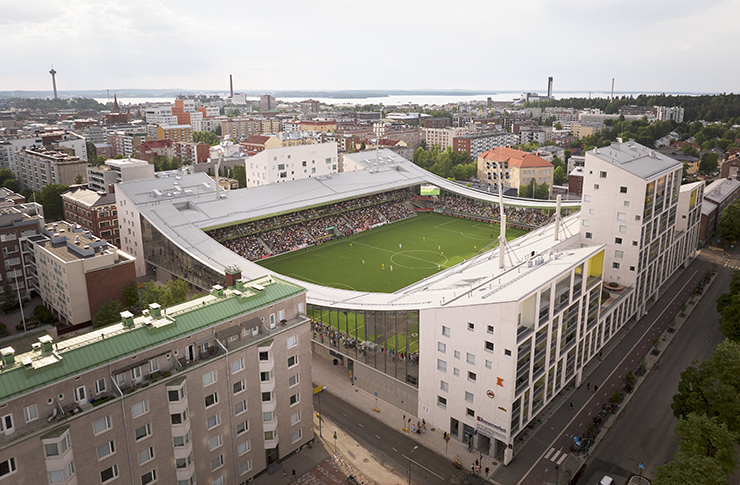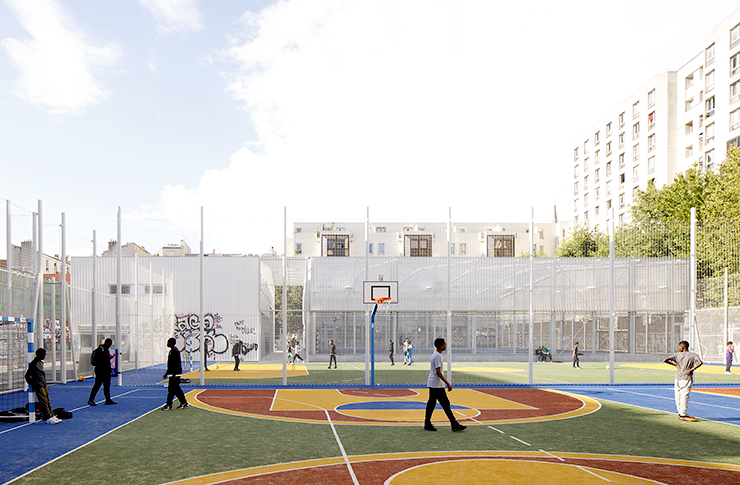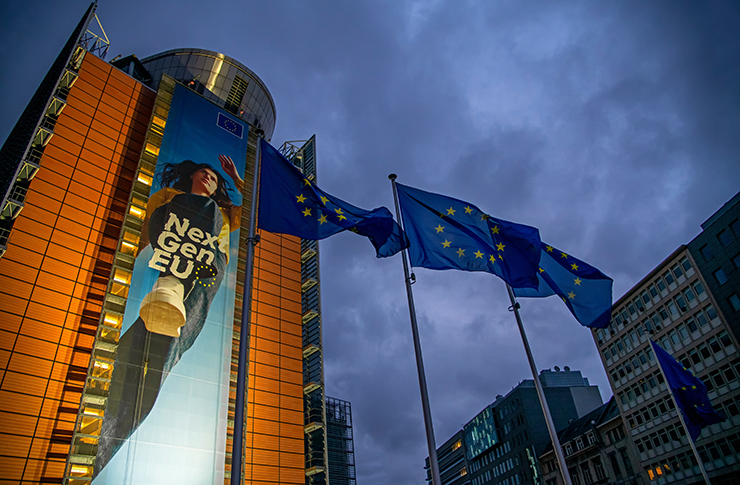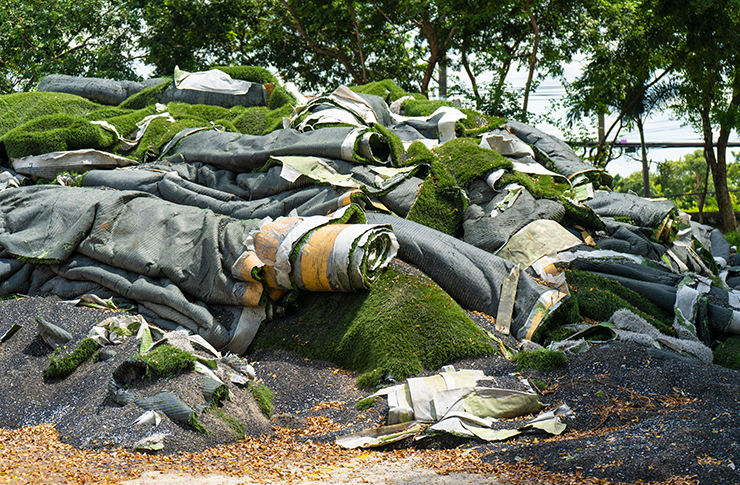Italians enjoy the excellent sea, but also go to the pool. Considerations in the context of the Water Special published in Tsport 327.
A dive where the water is bluer
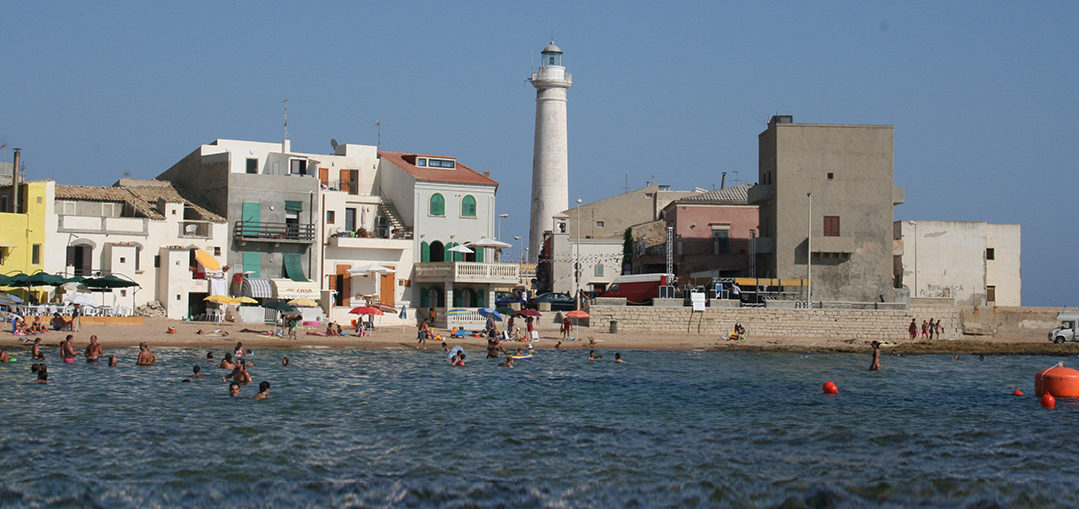
The latest (*) official report published on the quality of Italian bathing water (2018) shows, out of 5,539 bathing sites, 90% with excellent water quality, and only 1.6% with low water level. The Water Portal of the Ministry of Health, also allows you to verify in real time the values of all controls carried out along the coast: as an example, we took the beach of Punta Secca, in Ragusa, known to all because it houses the house of Detective Montalbano in the TV series (in the center in the picture) whose waters have proved to be excellent.
(*) Note: while the Tsport 327 file was being printed, the most recent report was published, the figures of which are updated in this news.
Ministry of Health – Water Portal – Analysis season 2018 – Punta Secca Beach (Ragusa)
If the sea is polluted, it is not so much polluted by the presence of colibacteria (as happens at the estuaries of waterways that collect sewage) as by the residues of non-degradable plastics, as attested by the campaigns of Legambiente (the Beach Litter 2019 survey, held between April and May on 93 Italian beaches, reveals an average of 968 waste per 100 linear meters of beach, of which 81% is plastic).
Italians love the sea (and foreigners who come to Italy in the summer too), perhaps to splash around more than to swim. And sport?
If the activities supported by floating elements (sailing, surfing, canoeing…) substantially require open water, swimming practiced as a sporting activity finds its place of choice in the calm waters of the pool, with its rules, its dimensional limits, its protocols.
But the desire to have fun in the water breaking the rules means that the large public pools, outside the hours of swimming courses and competitions, are open to all those who can not (or do not want to) go to the sea. So here is the wave of new or renovated swimming centers that populate our reports on sports facilities, thanks to the spread of Public Private Partnership that makes up for the limited financial resources of public institutions.
And at the same time, the demand for waters in which to dive without obligation also affects the private sector: even if on the seashore, tourist villages have a swimming pool; hotels and holiday homes – where the climate suggests it – have their own stretch of water.
It is therefore time to give an overview of the world of water: we are dedicating the Special to it in 327 Tsport issue, but we will certainly return to the subject soon.






